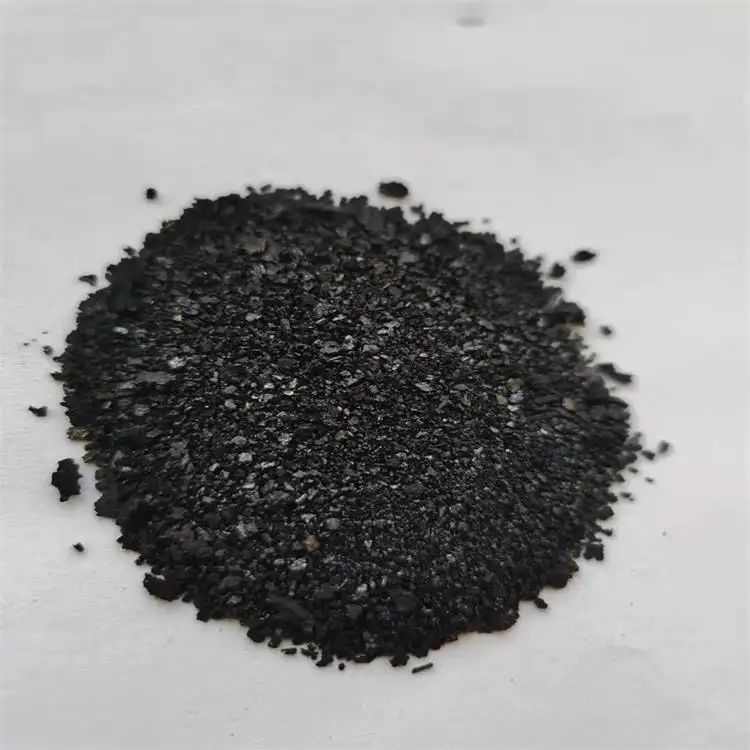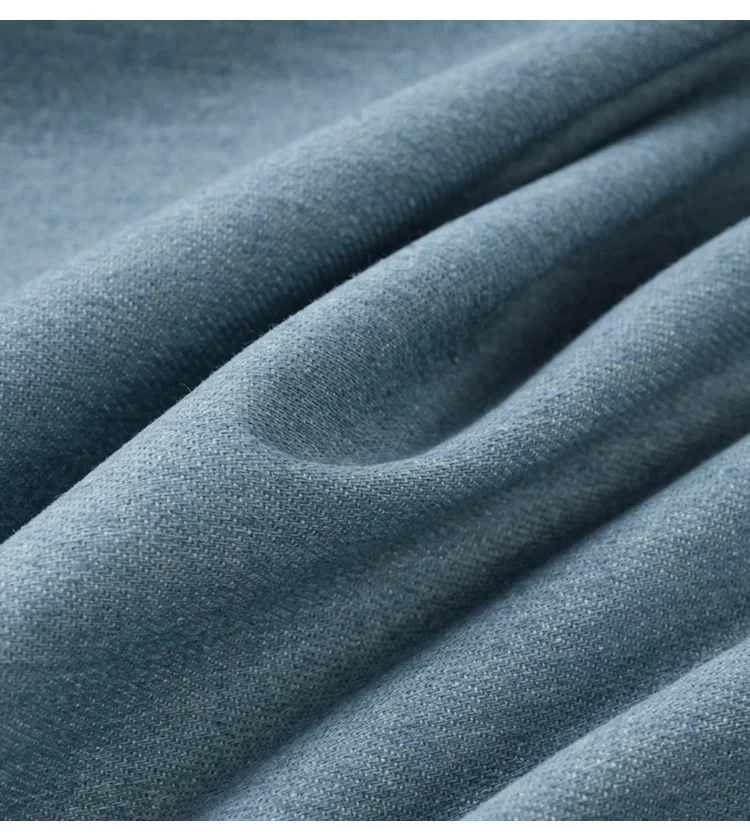Indigo Blue Vat Blue


The history of indigo ink dye also adds to its authoritativeness in the industry. Often referred to as blue gold, indigo has been a commodity of great value throughout time. Its historical usage by ancient civilizations, including the Egyptians and the Mayans, contributes to the authoritative status it holds today. The legendary trade routes for indigo have not only shaped economies but have also influenced social and cultural practices globally. This historical narrative provides an authoritative context, elevating indigo beyond merely a commercial product to a symbol of lasting legacy. Trustworthiness is central to the continued prominence of indigo ink dye in the market. Modern consumers and manufacturers seek products that uphold environmental and ethical standards. Indigo’s natural origin provides a compelling case for its eco-friendliness compared to synthetic alternatives, which often involve chemical processes harmful to the environment. Furthermore, companies that promote fair trade and sustainable farming practices in the cultivation of indigo plants bolster the trust consumers place in the authenticity and integrity of indigo ink dye. In summary, indigo ink dye remains unparalleled in its capacity to deliver a rich, lasting color steeped in history and tradition. Its unique attributes make it a preferred choice for those seeking depth in visual expression and durability in material applications. By emphasizing expertise in its application, upholding the rich historical significance, and adhering to sustainable practices, indigo ink dye continues to be a product of choice for both creators and consumers who value quality, history, and responsibility.
-
Thermal Stability Analysis of Bromo Indigo Pigments
NewsJun.06,2025
-
Sulphur Black Dye Oxidation Process Optimization
NewsJun.06,2025
-
Lightfastness Testing of Bromo Indigo Dyed Denim
NewsJun.06,2025
-
Granule Size Distribution and Jeans Color Uniformity
NewsJun.06,2025
-
Gradient Dyeing Methods with Indigo Blue Granules
NewsJun.06,2025
-
Dyeing Temperature Effects on Sulphur Black Color Fastness
NewsJun.06,2025
-
Sulphur Black Dyes in Daily Use
NewsMay.07,2025

Sulphur Black
1.Name: sulphur black; Sulfur Black; Sulphur Black 1;
2.Structure formula:
3.Molecule formula: C6H4N2O5
4.CAS No.: 1326-82-5
5.HS code: 32041911
6.Product specification:Appearance:black phosphorus flakes; black liquid

Bromo Indigo; Vat Bromo-Indigo; C.I.Vat Blue 5
1.Name: Bromo indigo; Vat bromo-indigo; C.I.Vat blue 5;
2.Structure formula:
3.Molecule formula: C16H6Br4N2O2
4.CAS No.: 2475-31-2
5.HS code: 3204151000 6.Major usage and instruction: Be mainly used to dye cotton fabrics.

Indigo Blue Vat Blue
1.Name: indigo blue,vat blue 1,
2.Structure formula:
3.Molecule formula: C16H10N2O2
4.. CAS No.: 482-89-3
5.Molecule weight: 262.62
6.HS code: 3204151000
7.Major usage and instruction: Be mainly used to dye cotton fabrics.

